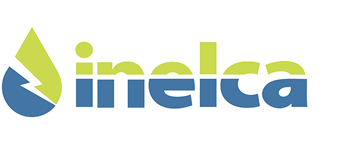Post-pandemic economic situation in the electroplating sector
After more than a year of trying to overcome the serious problems caused by the pandemic, and when it seems that the clouds are beginning to clear with the immunisation of the population through the vaccine, new obstacles are appearing on the horizon in the industrial sector that only hinder the exit of companies.
Focusing on the automotive sector, one of the main sectors of the electroplating industry, more than 231,000 vehicles have not been produced in Spanish factories so far this year. One of the main reasons for this is the worldwide shortage of semiconductors, and it seems that a solution to the problem is not in sight until 2022.
To this problem must be added the huge increase in the price of raw materials such as metals, chemicals and oil, which is not only affecting the cost of plastic materials, but also energy and logistics costs, as in the case of sea freight, the cost of which has increased fivefold. The high electricity prices we are seeing and the regulatory changes in the electricity bill that came into force this June are not helping companies either, further damaging their bottom line.
There have been several reasons for these increases: the increase in demand for raw materials due to the gradual recovery of the markets after Covid-19, the tendency of companies to over-stock to avoid stock-outs, the reactivation of the Chinese and US economies, which has led to a lower flow of materials to Europe, and the 35% drop in Europe’s steel production capacity.
For all these reasons, the Spanish automotive supplier industry is now facing a crisis derived from the lack of raw materials and rising costs, which is holding back the path of recovery it was starting on.
There is now talk of higher than desired inflation, but anyone who knows the automotive sector knows how difficult it is to raise any price increase derived from cost increases with the manufacturer, especially when it is at the end of the production chain as a treatment supplier, so it is they who are bearing these increases at the expense of their profitability, putting the viability of the projects at risk.


